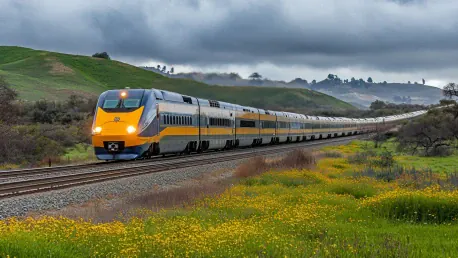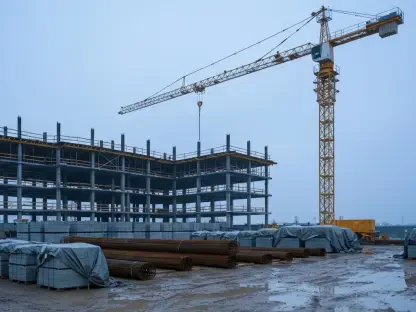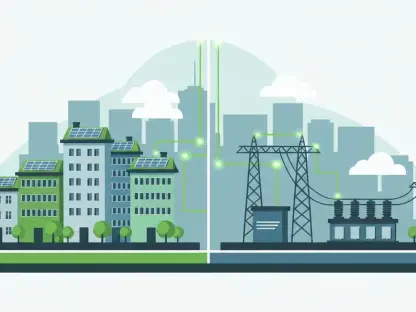The ambition to connect Los Angeles and San Francisco via a high-speed rail line was launched with much enthusiasm in 2008, backed by voter approval of a bond measure. This project envisioned a state-of-the-art transportation system that would revolutionize travel across California, promising shorter travel times, reduced traffic congestion, and decreased greenhouse gas emissions. However, the California High-Speed Rail Authority has recently faced formidable financial and timing obstacles, which threaten to derail its progress. A stark warning from the California Office of the Inspector General (OIG) highlights significant financial shortfalls and potential delays that might extend the project far beyond its original 2033 target completion date, causing stakeholders to question whether the dream of a high-speed rail connection can become a reality.
Financial Constraints
The financial stability and feasibility of the California high-speed rail project have taken a serious hit, as the OIG report reveals a distressing shortfall of $6.5 billion for completing the initial 171-mile segment between Bakersfield and Merced. This shortfall casts doubt on the viability of the entire project and its completion timeline. The projected cost for this segment could balloon to $35.3 billion, significantly higher than initially anticipated, raising concerns among investors, taxpayers, and state officials about the long-term funding strategy. Ensuring adequate funding for transportation infrastructure on this scale requires a combination of state, federal, and private investment that has so far proven elusive. The financial constraints make it necessary to explore alternative funding mechanisms and engage stakeholders in finding innovative solutions that can bridge the gap and sustain the project’s momentum.
Adding to the financial woes is the issue of securing sufficient federal funding. The project anticipated substantial support under the 2021 infrastructure law championed by President Biden. However, the reality fell short of expectations, with only $3.3 billion secured, far less than the desired $8 billion. This funding gap necessitates a reevaluation of the project’s financial strategy and leaves the California High-Speed Rail Authority scrambling for alternative sources. During President Trump’s first term, further federal support was withdrawn, which compounded the challenges faced by the project. A $929 million grant was canceled, and there were efforts to reclaim $2.5 billion that had already been allocated, creating additional budget stress. In light of these hurdles, the state must collaborate closely with federal agencies and private investors to ensure a stable and sustainable funding pathway.
Schedule Delays
The ambitious timeline for the completion of the California high-speed rail project has also come under scrutiny. The OIG report highlights that one-third of the buffer time built into the project’s schedule has already been consumed, indicating that meeting the original 2033 deadline is increasingly unlikely. Time is of the essence in large-scale infrastructure projects, where delays can significantly escalate costs and reduce potential benefits. With such a substantial portion of the buffer time already used, the project faces the dual pressures of completing complex engineering work on time and navigating the financial hurdles that accompany delays. Addressing these timing issues requires agile project management, swift decision-making, and enhanced contingency planning to mitigate further delays.
The timing challenges are further exacerbated by federal-level scrutiny and political dynamics. President Donald Trump has suggested that the high-speed rail project could face a federal investigation due to alleged mismanagement. Labeling the project as “the worst-managed” he has ever seen, Trump’s comments underscore the negative perception from some federal quarters. This scrutiny threatens to slow down the project even further and discourage potential investors who might view the project as politically contentious. The California High-Speed Rail Authority remains committed to advancing the project, but the timing issues require more than commitments; they need strategic adjustments and political navigation to maintain a steady course.
Alternative High-Speed Rail Projects and Future Outlook
Further complicating the timing challenges is federal scrutiny and political dynamics. President Donald Trump suggested a potential federal investigation into alleged mismanagement of the project, calling it “the worst-managed” endeavor he has seen. His comments highlight negative federal perceptions, threatening to slow the project and deter investors wary of political controversy. Despite the commitment of the California High-Speed Rail Authority to advance the project, solving timing issues demands strategic adjustments and adept political navigation to stay on track.









